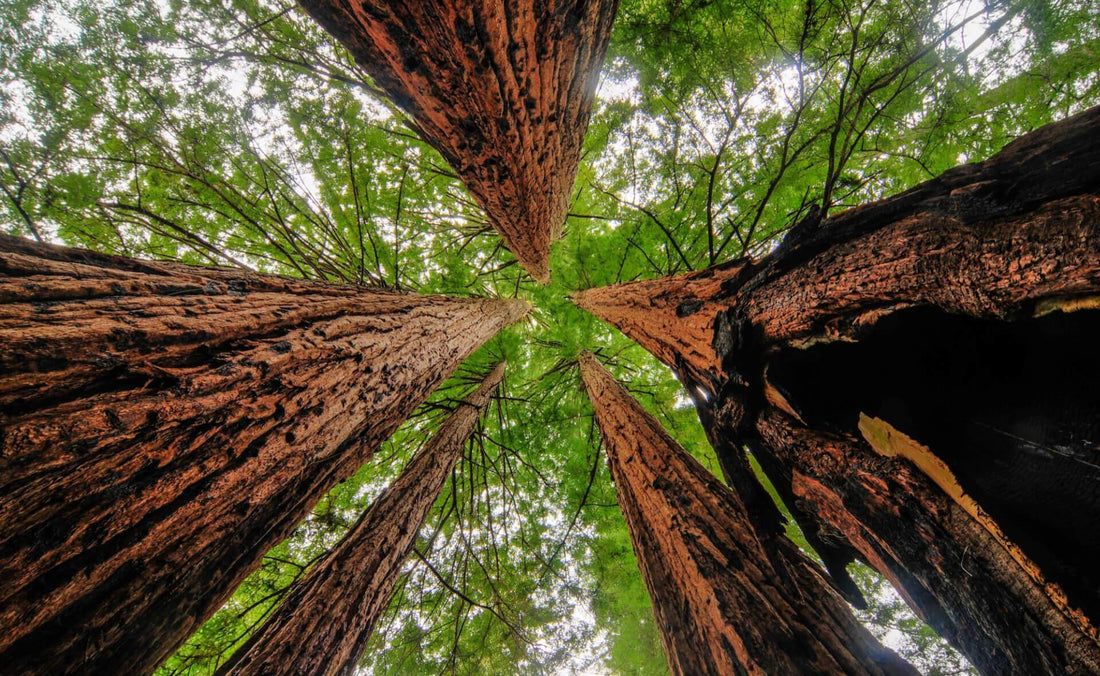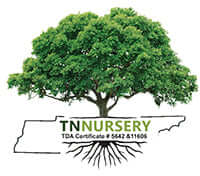
Majestic Giants: The Redwood Trees
Share
Colossal Beauties
In the heart of California's lush forests, a botanical wonder stands tall and proud, commanding attention and awe from all who encounter it. The redwood tree, a living testament to nature's grandeur, is a botanical marvel renowned for its striking appearance, remarkable foliage attributes, unique bark, exceptional drought tolerance, and towering height at maturity. As we delve into the world of these majestic giants, we'll uncover the secrets of these ancient trees that have captured the imagination of generations.
Striking Appearance: The Redwoods' Towering Presence
Redwoods, belonging to the genus Sequoia, are known for their towering height, one of their most striking features. They are among the tallest trees on Earth, soaring into the sky with awe-inspiring grandeur. These arboreal giants have been known to reach heights of over 300 feet, making them the literal titans of the plant kingdom. The sheer magnitude of their stature can leave one in a state of profound wonder and humility. Furthermore, the redwood's trunk is colossal, often spanning 20 feet or more in diameter. This massive girth adds to their imposing presence, making them a sight to behold. The bark of a mature redwood tree is fire-resistant and can be up to a foot thick, protecting it from the ravages of wildfires and contributing to its longevity. The redwood's canopy is also an awe-inspiring sight. The branches, which can stretch horizontally for over 100 feet, create a dense, lush, and vibrant canopy that provides shade and shelter for a wide array of flora and fauna. The overall effect is a cathedral-like ambiance beneath the redwood canopy, where shafts of sunlight pierce through the thick foliage, casting an enchanting glow on the forest floor.
Foliage Attributes: A Canopy of Evergreen Beauty
Redwood trees are evergreen, retaining lush green foliage throughout the year. Their needle-like leaves, typically less than an inch long, are soft to the touch and emit a subtle, pleasant fragrance when crushed. These leaves are arranged spirally along the branches, creating a dense, feathery appearance that adds to the tree's aesthetic appeal. One of the remarkable attributes of redwood foliage is its ability to capture moisture from the fog that often blankets the coastal regions where they thrive. This adaptation is vital for their survival, as they can experience long periods of drought in their native habitat. Their leaves gather moisture and are a critical nutrient source for the ecosystem, providing habitat and sustenance for various insects, birds, and mammals.
Unique Bark: A Testament to Resilience
The bark of the redwood tree is not only thick but also unique in its appearance. It has a fibrous, reddish-brown, aesthetically pleasing, and functionally important texture. This bark is remarkably fire-resistant, a natural shield against wildfires frequently sweeping their habitats. While fires can scorch the bark's outer layers, the redwood's inner layers remain protected, allowing the tree to regenerate and continue its growth. Interestingly, the reddish hue of the bark is the origin of the tree's name. This rich coloration is caused by tannins in the bark that repel insects and fungal infestations. Additionally, these tannins are responsible for the tree's resistance to decay, ensuring that fallen redwood trees can persist on the forest floor for centuries.
Drought Tolerance: Survivors of Harsh Climates
One of the most astonishing aspects of redwood trees is their remarkable drought tolerance. While they are often associated with the lush, foggy coastal regions of Northern California, redwoods are also found in areas that experience long dry spells. They possess an intricate root system that allows them to tap into groundwater sources, even during drought conditions. Furthermore, redwoods can close their stomata (tiny openings on the leaf surface) during dry spells, reducing water loss through transpiration. This adaptive mechanism enables them to endure periods of water scarcity, making them actual survivors in the face of climate variability.
Height at Maturity: Reaching for the Sky
When it comes to height, redwoods are unrivaled in the tree kingdom. While their size can vary depending on environmental conditions and genetic factors, they can reach astonishing heights at maturity. Some of the tallest known redwoods have towered over 370 feet, a size that is simply mind-boggling. The incredible height of redwood trees is partly due to their rapid growth rate in their early years. Young redwoods can grow as much as three feet per year, allowing them to ascend above the surrounding vegetation quickly. As they mature, their growth rate slows down, but they continue to gain height throughout their long lifespan, spanning over a thousand years.
The redwood tree is a botanical marvel that captivates with its striking appearance, lush foliage, unique bark, drought tolerance, and towering height. These ancient giants serve as a testament to the resilience of nature, thriving in some of the most challenging environmental conditions on Earth. As they continue to stand tall and proud in their coastal and inland habitats, redwoods remind us of the enduring beauty and strength of the natural world.
